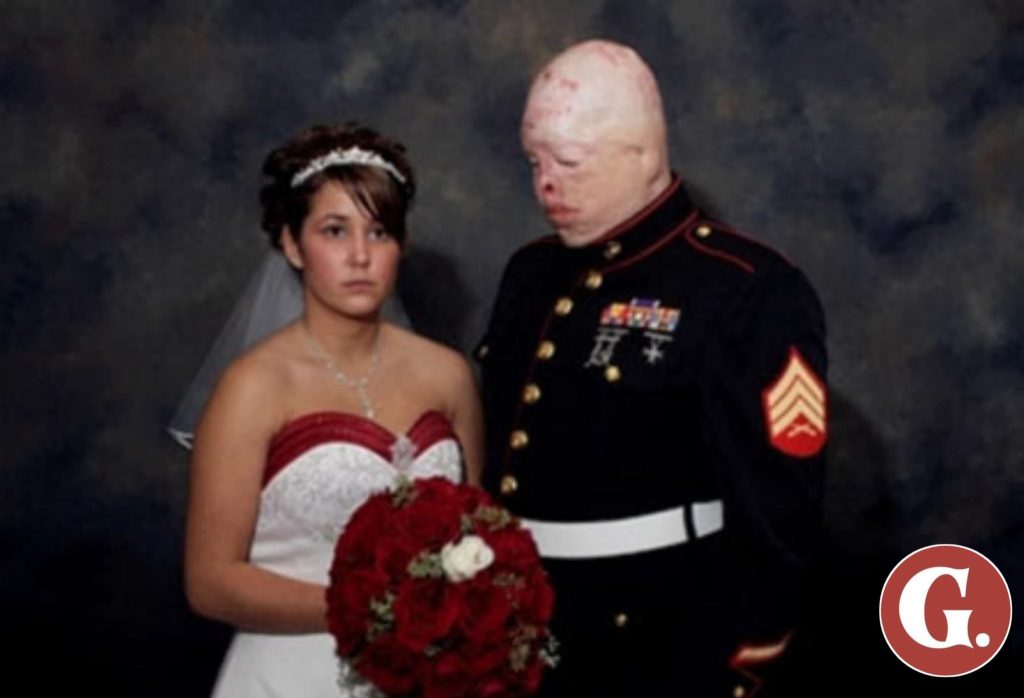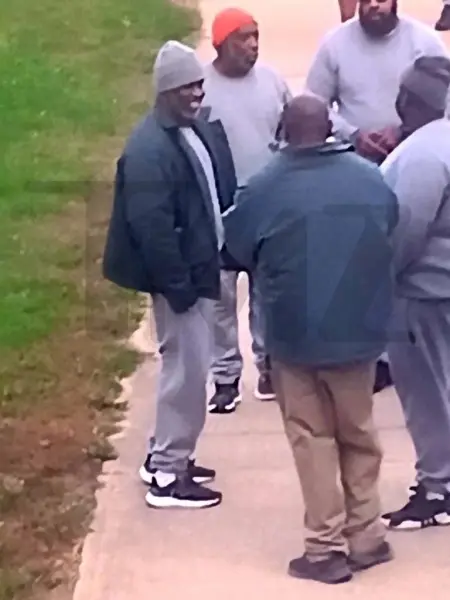The Viral Wedding Photo that Captivated the World—But Their Marriage Ended in Just One Year
They were high school sweethearts from a small town in Illinois—she was 18, he was 21, and he would soon deploy to Iraq. Tyler Ziegel joined the Marines, and before he left, he proposed to Renée Kline. Their love felt destined. Then war struck. On December 22, 2004, Tyler survived a suicide bombing that left him horribly disfigured. He lost part of his skull, his left arm, fingers, his nose, ears, lips—and sight in one eye. Over 30 surgeries followed at Brooke Army Medical Center in Texas.
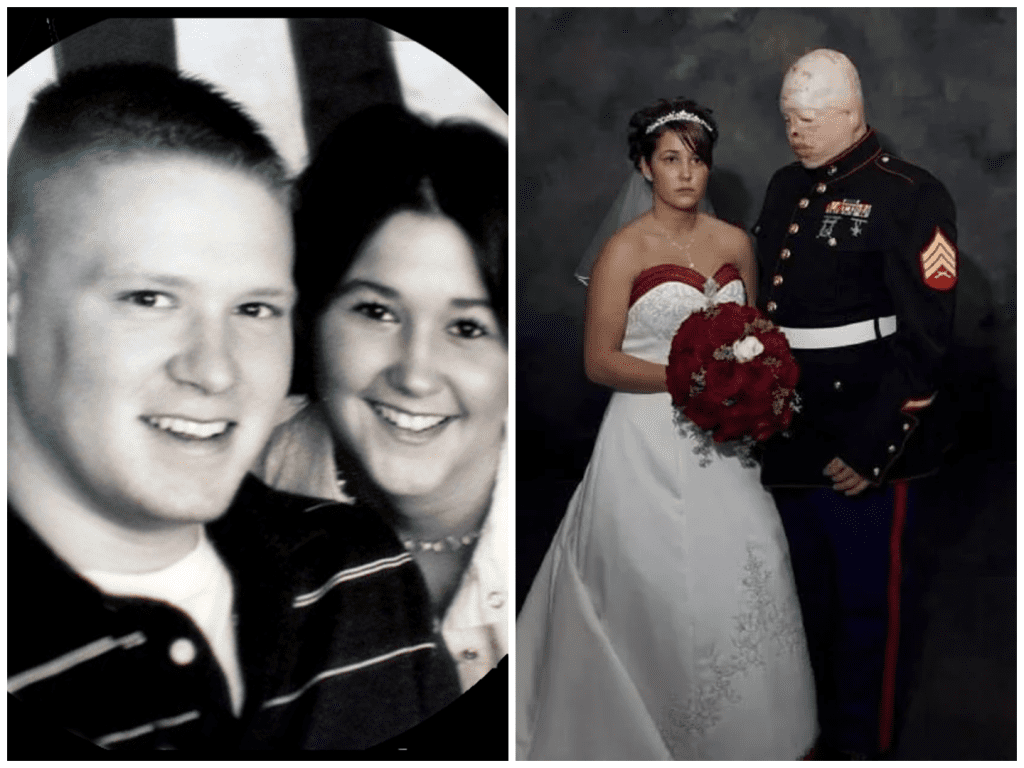
Renée flew to Texas to stand by him. She moved in with his mom. For a year and a half she sat at his bedside as he endured recovery. Their devotion was hailed as inspiring. When Tyler was discharged, they returned to Illinois and married—24‑year‑old Tyler and 21‑year‑old Renée. The state declared it “Renée and Tyler Ziegel Day,” a weekend holiday. The wedding photo by Nina Berman—Ty in uniform, Renée in her dress, solemn and steadfast—would win first prize in World Press Photo’s portrait category.
At first their story felt like a modern fairy tale. A hero returned home, a sweetheart stayed through the worst. But barely a year later, they divorced. Many assumed that Renée left because she couldn’t accept Tyler’s appearance. A Reddit user summarized stories circulating online: “The reasons for the divorce… was Kline’s inability to accept Ziegel’s disfigurement.” Yet insiders and family pushed back, saying the split was mutual and rooted in youth, pressure, grief, and the whirlwind pace of their lives.
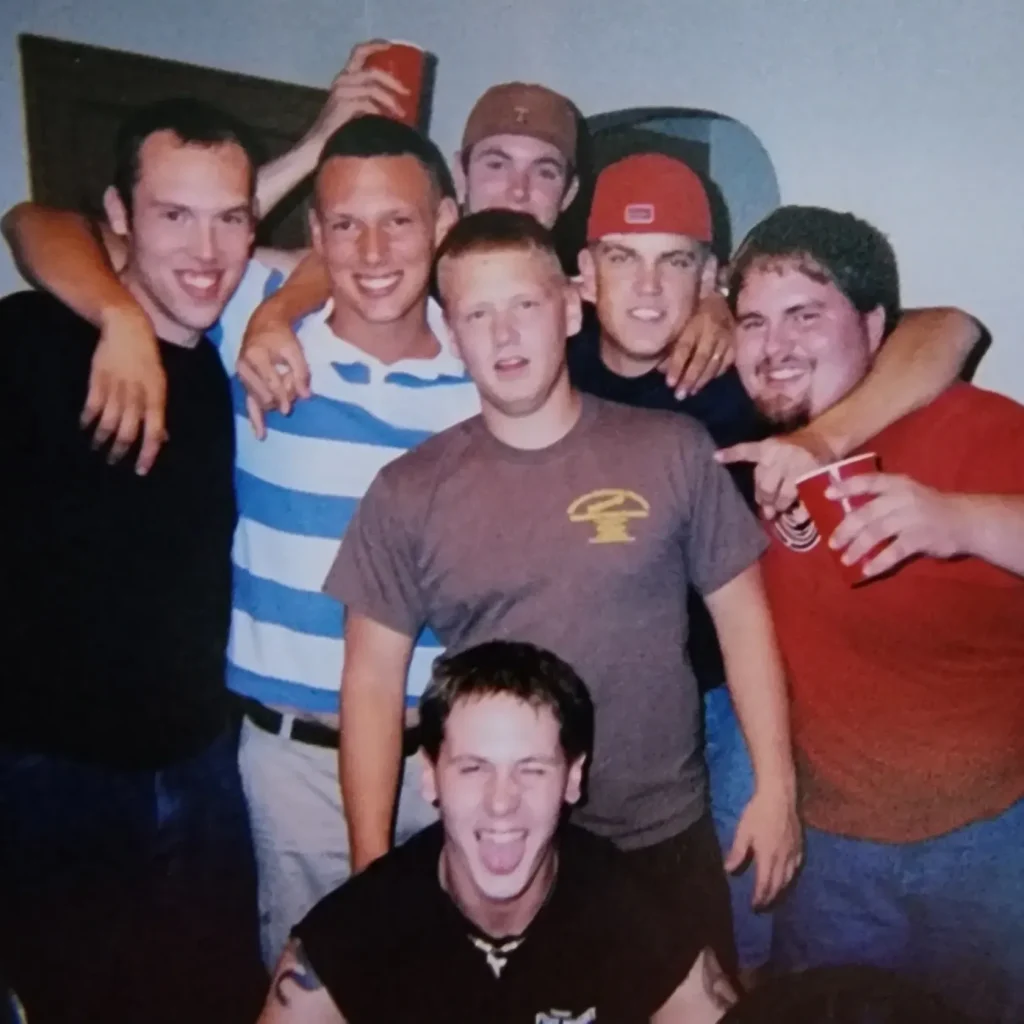
They were both plainly young—Tyler was adjusting to life after trauma, Renée was grieving the sudden death of her father just before his return—and the pace of wedding planning, media attention, and public expectation weighed heavily. In interviews, Tyler spoke with clarity and forgiveness. He said that they remained friends after splitting and that he bore no anger. Their relationship simply wasn’t sustainable under those conditions, and neither felt ready for the long haul.
Tyler continued life in Metamora, Illinois. He couldn’t work and lived on Veterans Affairs benefits. Initially awarded $2,700 a month, he appealed on CNN’s “Special Investigations Unit” and ultimately secured roughly $4,000 monthly. Friends described him as funny and resilient. He joked about his injuries. He told kids who asked, “What happened to your ear?” that “the bad guys took ’em.”
But while he wore strength on the outside, Tyler quietly fought battles that no one could fully see. He had survived war and dozens of surgeries, but the emotional weight, PTSD, and physical pain followed him into civilian life. On December 26, 2012, at just 30 years old, Tyler was found dead. Early reports claimed he slipped on ice, but the truth was more tragic.
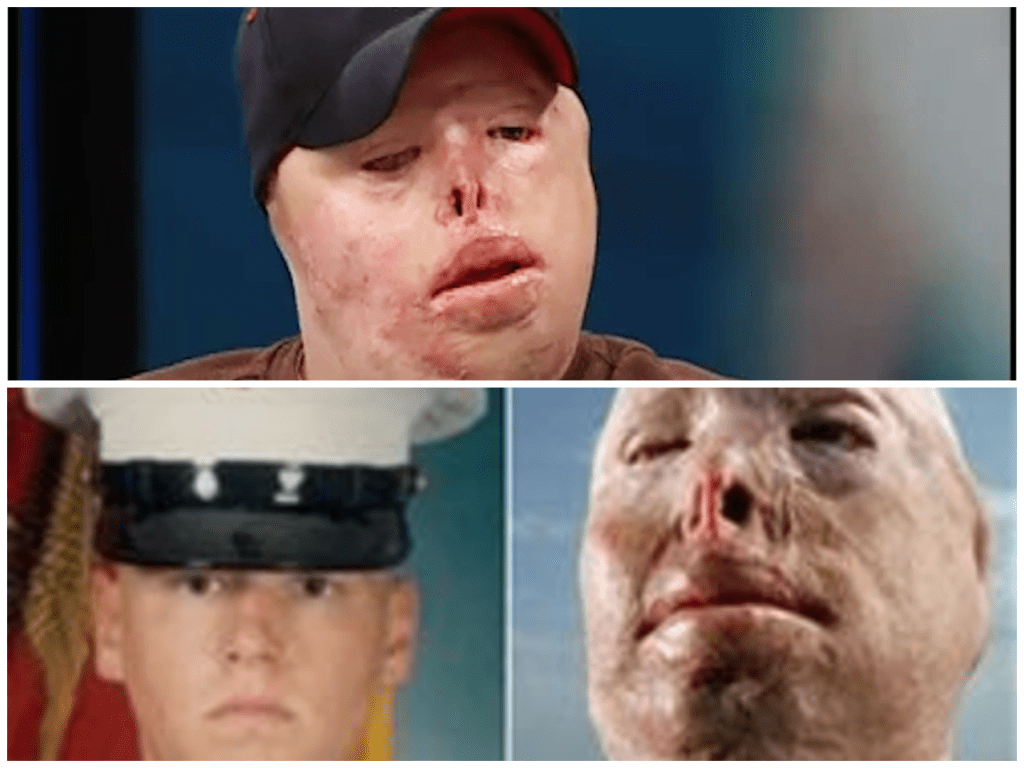
The Peoria County Coroner later confirmed the cause of death was accidental intoxication due to a mix of alcohol and morphine, with traces of heroin metabolites in his system. His blood alcohol level was 0.123%, and morphine was measured at 540 ng/ml. The combination overwhelmed his body. It wasn’t suicide. But it was a reminder of how deeply war can stay with a person long after the battlefield is gone.
In his hometown, the community responded with love. More than 2,000 American flags lined the streets of Metamora in tribute. Friends, family, and strangers paid their respects to a man who had become a national symbol—not just of survival, but of grace, humor, and quiet perseverance. Even Illinois Governor Pat Quinn mentioned Tyler in a State of the State address, calling him a hero who deserved to be remembered.
Looking back, the image of their wedding—frozen in time—remains haunting. Tyler stands in uniform, his injuries visible and raw. Renée stands beside him, expression steady but solemn. It was a photo meant to capture love and perseverance. Yet in that quiet posture lies a mutual heartbreak.
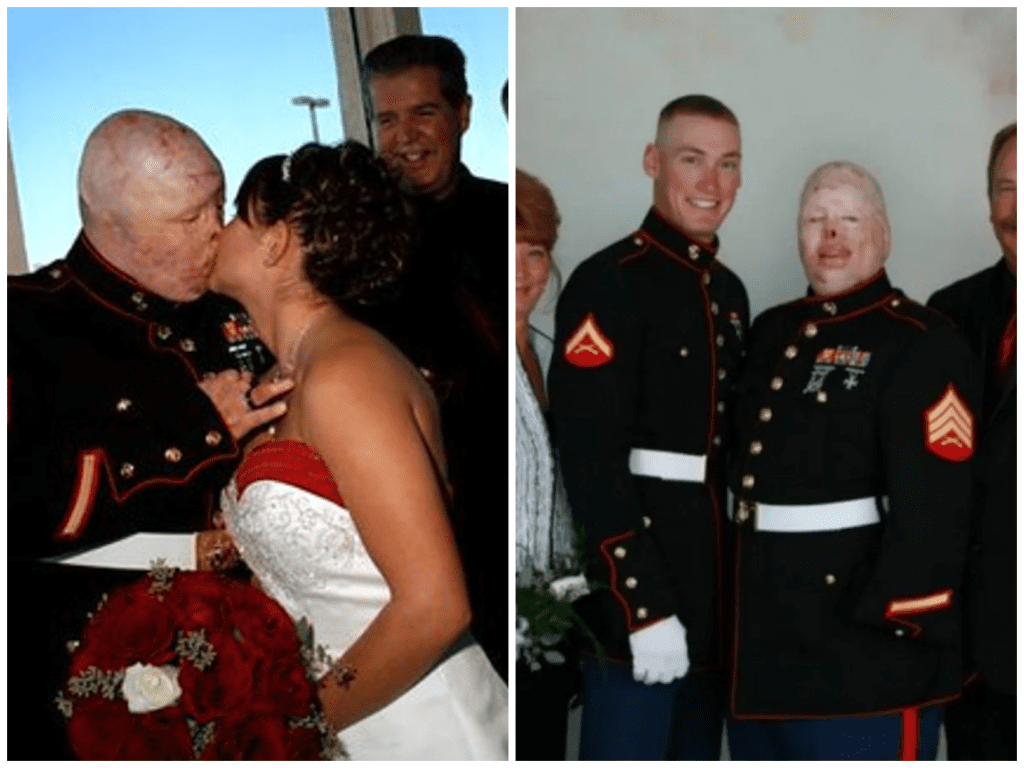
This story is not just about marriage ending, but about expectations vs reality. About a love that was declared a holiday but couldn’t outlast the public gaze. About a warrior who survived war but faced deeper battles at home—not just against visible scars, but invisible wounds. And a woman too, who endured grief, loss, and a swift path into adult life.
Tyler and Renée’s story reminds us that love, even when powerful on paper, doesn’t always hold in practice. At 21, Renée can’t fully be blamed for needing more—maturity, space, the life before trauma. And Tyler’s survival came at such cost that rebuilding life, relationships, and identity felt enormous. The marriage may not have lasted, but both emerged without bitterness.
In a world that loved their image, few knew their personal wear of grief. At the end of it all, Tyler said they never were “touchy-feely” even before his deployment. The distance between them wasn’t just physical, but emotional, shaped by circumstance and loss.
Renée’s commentary was respectful. In one blog she said, “I just wish him the best and I hold the American government responsible for the condition suffered by Ty.” It was a statement that recognized duty, trauma, and responsibility. Not personal blame.
And Tyler, known for humor even through scars, described the divorce plainly: too fast, too young, too much pressure. But no regrets. He continued living, joking, riding his trike, planning to build that cabin home on land he owned. He wasn’t hiding who he had become.
Their story may have ended in separation, but it still teaches. It shows the gap between image and intimacy. The fragility of heroic narratives performed before a public audience. And the weight of healing that goes beyond physical surgery. Tyler survived war. But he didn’t survive everything that came after. Still, his legacy remains—honored in flags, in memory, and in a wedding photo that captured not just love, but the cost of survival.
